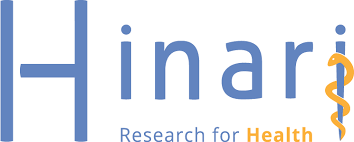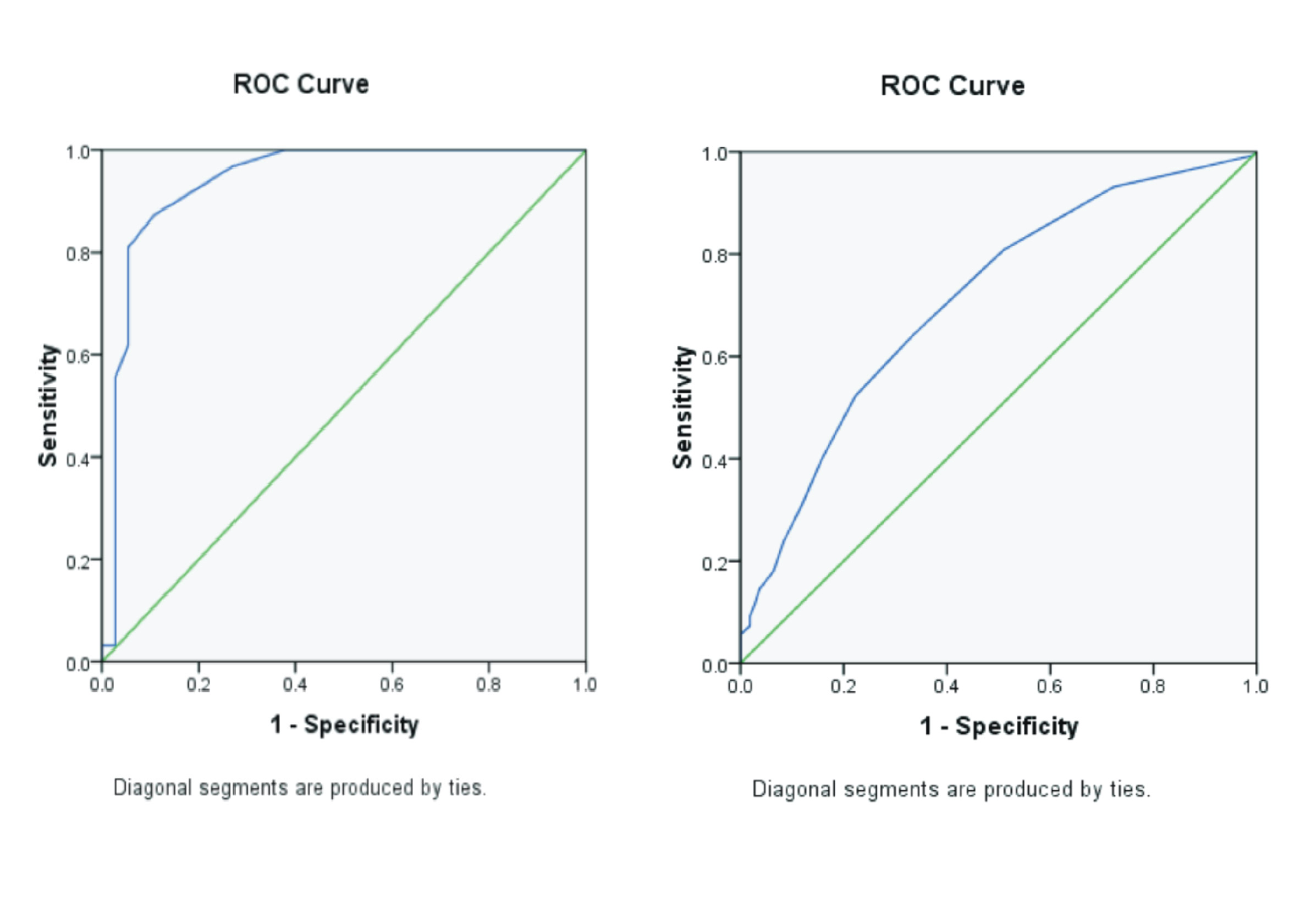COMBINATION OF VESTIBULAR STIMULATION AND PERCEPTUAL MOTOR PROGRAM COULD IMPROVE BALANCE IN CHILDREN WITH FLAT FOOT

Downloads
Background: Flat foot is a common lower extremity deformity in children. Underdeveloped arches can lead to complaints such as fatigue during prolonged walking, impaired balance, frequent injuries, and pain. Several interventions can be employed to address these issues, including arch muscle strength exercises, toe curls exercises, calf stretches, and plantar fascia stretches. Purpose: This study aims to prove the effectiveness of a combination of heel raises exercise and vestibular stimulation versus a combination of heel raises exercise and perceptual motor program in increasing lower extremity muscle strength and standing balance in children with flat foot. Method: This research is a quasi-experimental study that utilized a pre-test and post-test two-group design with a purposive sampling method. A total of 30 subjects were put into 2 groups. Group 1 received a combination of heel raise exercises and vestibular stimulation. Group 2 received a combination of heel raise exercise and perceptual motor program. Lower extremity muscle strength was assessed using the Manual Muscle Test (MMT), and standing balance was evaluated using the Pediatric Balance Scale (PBS). Result: Both groups showed differences in the measurement aspects of MMT and PBS (p-value < 0.05). However, no significant difference was found between the groups in the MMT score. In contrast, a significant difference was observed in PBS scores, with Group 2 demonstrating greater improvement (p-value < 0.05). Conclusion: The combination of heel raises exercise and a perceptual motor program is more effective in improving balance in children with flat foot compared to the combination with vestibular stimulation.
Aktifah, N., Nurseptiani, D., Zainita, Y.H., 2021. The Effect of Strengthening Ball Roll Exercise and Strengthening Heel Raises Exercise on Static Balance in Children with Flat Foot in Sragi Subdistrict. Gaster. Gaster Vol. 19(2), Pp. 125-134.
Amrynia, S.U., Prameswari, G.N., 2022. Hubungan Pola Makan, Sedentary Lifestyle, dan Durasi Tidur dengan Kejadian Gizi Lebih pada Remaja (Studi Kasus di SMA Negeri 1 Demak). Indonesian Journal of Public Health and Nutrition Vol. 2(1), Pp. 112-121.
Arti, W., Widanti, H.N., 2023. Buku Ajar Pemeriksaan dan Pengukuran Fisioterapi Muskuloskeletal.
Damayanti, Y., Hadisoemarto, P., Defi, I., 2018. Flatfoot Decreases School Functioning among Children <11 Years of Age. Universa Medicina Vol. 37(1), Pp. 50-56.
Fatimah, D., Nesi, N., 2022. Perceptual Motor Program pada Autistic Disorder. Indonesian Journal of Health Science Vol. 2(1), Pp. 20-23.
Güler, Ö., Aras, D., Akça, F., Bianco, A., Lavanco, G., Paoli, A., Şahin, F.N., 2020. Effects of Aerobic and Anaerobic Fatigue Exercises on Postural Control and Recovery Time in Female Soccer Players. International Journal of Environmental Research and Public Health Vol. 17(17), Pp. 6273.
Hazzaa, H., El-Meniawy, G.H., E. Ahmed, S., B. Bedier, M., 2015. Correlation Between Gender and Age and Flat Foot in Obese Children. Trends in Applied Sciences Research Vol. 10(4), Pp. 207-215.
Herawati, N., 2019. Perbedaan Pengaruh Pemberian Heel Raises Exercise dan Tigtrope Walker terhadap Peningkatan Keseimbangan Statis pada Anak Flat Foot (Skripsi S1). Universitas ’Aisyiyah Yogyakarta, Faculty of Medicine, Health and Life Sciences, Study Program of Physiotherapy.
Herssens, N., McCrum, C., 2019. Stimulating Balance: Recent Advances in Vestibular Stimulation for Balance and Gait. Journal of Neurophysiol Vol. 122(2), Pp. 447-450.
Jaya, A.A.S.K., Wardana, I.N.G., Karmaya, I.N.M., 2022. Prevalensi Flatfoot pada Anak Usia 7-12 Tahun di Sekolah Dasar Cipta Dharma Denpasar. E-Jurnal Medika Udayana Vol. 9(9), Pp. 21-25.
Khisty, A., Kulkarni, R., Desai, P., 2022. Effect of Short Foot Exercises on Patients with Flexible Flat Foot: A Pre-Post Experimental Study. International Journal of Health Sciences and Research Vol. 12(1), Pp. 105-110.
Kodithuwakku Arachchige, S.N.K., Chander, H., Knight, A., 2019. Flatfeet: Biomechanical Implications, Assessment and Management. Foot (Edinb) Vol. 38, Pp. 81-85.
Mahendrayani, L., Yoda, I.K., 2022. Effect of Foot Muscle Strengthening to Increase Dynamic Balance in Children with Flexible Flatfoot. In: Proceedings of The 2nd International Conference on Physical Education, Sport, and Health (ICoPESH 2022). Pp. 38-46.
Maryatun, I.B., 2012. Pengembangan Perceptual Motor Anak Usia 3-4 Tahun menggunakan Kegiatan Outbound Low Impact. Jurnal Pendidikan Anak Vol. 1(2), Pp. 113-123.
Meisatama, H., Imam, K., Sanjaya, I.M.A., 2022. Efektivitas Intervensi Heel Raises Exercise dan Towel Curl Exercise terhadap Score Stork Stand Test pada Kasus Flat Foot di PB Metla Raya. Prosiding Seminar Nasional Multidisiplin Ilmu Vol. 4(1), Pp. 166-170.
Nahla, I.M., El-Sayed, S.E., Ragaa, A.-E.E., El Ghafar, A.E.H.A.A., 2022. Mechanical Vestibular Stimulation Versus Traditional Balance Exercises in Children with Down Syndrome. Afr Health Sci Vol. 22(1), Pp. 377-383.
Paramasti, L.M.S., Widnyana, M., Saraswati, N.L.P.G.K., Ruma, I.M.W., 2023. Kejadian Flat Foot pada Anak Overweight dan Obesitas di Kota Denpasar. Majalah Ilmiah Fisioterapi Indonesia Vol. 11(1), Pp. 86-90.
Parashar, A., Pattnaik, M., Mohanty, P., 2017. Effect of Vestibular Stimulation Versus Whole Body Vibration on Standing Balance in Children with Spastic Diplegic Cerebral Palsy. Journal of Novel Physiotherapies Vol. 7(3).
Pekyavas, N., Thomas, E., Bianco, A., Şahin, F.N., 2022. Effects of Different Sports Shoes and Bare Feet on Static and Dynamic Balance In Healthy Females: A Randomized Clinical Trial. Sport Mont Vol. 20, Pp. 65-69.
Pita-Fernández, S., González-Martín, C., Seoane-Pillado, T., López-Calviño, B., Pértega-Díaz, S., Gil-Guillén, V., 2015. Validity of Footprint Analysis to Determine Flatfoot using Clinical Diagnosis as The Gold Standard in a Random Sample Aged 40 Years and Older. Journal of Epidemiology Vol. 25(2), Pp. 148-154.
Pramita, I., Daryono, Wahyudi, A.T., 2022. Pengaruh Perceptual Motor Program terhadap Keseimbangan pada Anak Autism Spectrum Disorder (ASD). Jurnal Pendidikan Kesehatan Rekreasi Vol. 8(2), Pp. 336-343.
Riddick, R., Farris, D.J., Kelly, L.A., 2019. The Foot is More Than A Spring: Human Foot Muscles Perform Work to Adapt to The Energetic Requirements of Locomotion. Journal of The Royal Society Interface Vol. 16(150), Pp. 20180680.
Sahri, S., Sugiarto, S., Widiantoro, V., 2017. Hubungan Lengkung Telapak Kaki dengan Kelincahan. Jendela Olahraga Vol. 2(1), Pp. 326695.
Sativani, Z., Pahlawi, R., 2020. Foot Strengthening Exercise on Postural Balance and Functional Ability of Foot on Children 6-10 Years Old with Flexible Flatfoot. Jurnal Ilmiah Kesehatan Vol. 2(3), Pp. 99-107.
Sharma, J., Upadhyaya, P., 2016. Effect of Flat Foot on The Running Ability of An Athlete. Indian Journal of Orthopaedics Surgery Vol. 2(1), Pp. 119.
Sung, P.S., 2016. The Ground Reaction Force Thresholds for Detecting Postural Stability in Participants with and without Flat Foot. Journal of Biomechanics Vol. 49(1), Pp. 60-65.
Taha, A.M.S., Feldman, D.S., 2015. Painful Flexible Flatfoot. Foot and Ankle Clinics Vol. 20(4), Pp. 693-704.
Ueki, Y., Sakuma, E., Wada, I., 2019. Pathology and Management of Flexible Flat Foot in Children. Journal of Orthopaedic Science Vol. 24(1), Pp. 9-13.
Widiantara, I.M.A., Purnawati, S., Irfan, M., Lesmana, C.B.J., Wihandani, D.M., Tirtayasa, K., 2020. Perceptual Motor Approach Lebih Baik daripada Specific Balance Training dalam Meningkatkan Keseimbangan Dinamis pada Anak dengan Autism Spectrum Disorder (ASD) Derajat 1 di Pusat Layanan Autis Kota Denpasar. Sport and Fitness Journal Vol. 8(2), Pp. 69-75.
Witari, N.P.D., Cahyawati, P.N., Lestarini, A., 2018. Prevalence Faltfoot in Primary School. IOP Conference Series: Materials Science and Engineering Vol. 434(1), Pp. 012029.
Xu, L., Gu, H., Zhang, Y., Sun, T., Yu, J., 2022. Risk Factors of Flatfoot in Children: A Systematic Review and Meta-Analysis. Internatonal Journal Environment Research and Public Health Vol. 19(14), Pp. 8247.
Yudanto, Y., 2023. Improved Basic Locomotor Movements of Children through The Multiple Intelligence-Based Perceptual Motor Activity Model. Jurnal Obsesi : Jurnal Pendidikan Anak Usia Dini Vol. 7(5), Pp. 5953-5960.
Yudanto, Y., Alim, A., 2021. Tes Perseptual Motorik untuk Anak Usia 5-6 Tahun. Jurnal Keolahragaan Vol. 9(1), Pp. 9-17.
Copyright (c) 2025 Journal of Vocational Health Studies

This work is licensed under a Creative Commons Attribution-NonCommercial-ShareAlike 4.0 International License.
- The authors agree to transfer the transfer copyright of the article to the Journal of Vocational Health Studies (JVHS) effective if and when the paper is accepted for publication.
- Legal formal aspect of journal publication accessibility refers to Creative Commons Attribution-NonCommercial-ShareAlike (CC BY-NC-SA), implies that publication can be used for non-commercial purposes in its original form.
- Every publications (printed/electronic) are open access for educational purposes, research, and library. Other that the aims mentioned above, editorial board is not responsible for copyright violation.
Journal of Vocational Health Studies is licensed under a Creative Commons Attribution-NonCommercial-ShareAlike 4.0 International License














































